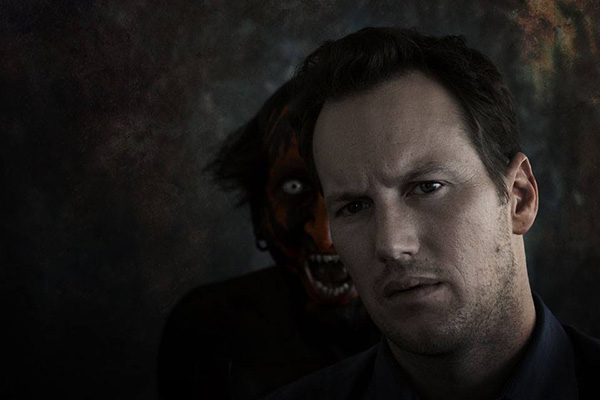
Midway through James Wan’s “The Conjuring,” there’s an expressive moment where the camera turns completely upside-down as a character frantically runs down a hallway. There is no specific reason why the shot has to be there but the rotation achieves its goal — extreme tension.
Wan’s wild camera movements have become one of the distinguishing features of his films — his most recent of which, “Insidious: Chapter 2,” a sequel to his successful 2010 film, comes out Friday. And these camera movements, largely unnecessary to the plot of his films, are examples of how Wan tackles his chilling stories as any other director might — with a wandering eye and a creative spirit.
Wan takes his craft seriously, and as a result, horror films that could have been slews of shlock — such as “The Conjuring” or “Insidious” — are raised to an artistic caliber. His films are not far removed from a string of other quality horror films from this year, including Fede Alvarez’s stylish “Evil Dead” and Adam Wingard’s genre-bending “You’re Next.” At first, there seems to be nothing in common between the terror caused by camera movement in “The Conjuring” and the wild, operatic violence of “Evil Dead.” But the connection is there — all these movies are smart and challenging, and they take horror filmmaking seriously.
It was only a logical progression that horror films would move from B-grade late-night rentals to premiere films, considering the critical and commercial success of recent indie horror films. The films of Ti West and Eli Roth, both done in the styles of other horror films, have gained a strong cult fan base, while Oren Peli’s “Paranormal Activity,” done on a shoestring budget of $15,000, spurred a series that continues to be extremely profitable.
Television even helped to contribute to this sudden growth of smart horror films. FX’s “American Horror Story” continues to test the limits of the genre, using nonchronological storytelling techniques to tell what could have been a simple, generic yarn.
Fortunately for horror filmmakers, serious horror films have gained traction with an audience that typically favors cheap thrills in the form of jump-scares or banging music. Drew Goddard’s “The Cabin in the Woods,” which starts out as a semi-satire of “The Evil Dead” and quickly becomes something more, has enough twists to match the most complicated noir films, and films like “V/H/S” use the found footage conceit — minus the genre’s associated camp — to produce mature results.
It seems that horror filmmakers show no signs of slowing down either. In the past week at the Venice and Toronto Film Festivals, West and Roth premiered their respective horror films, “The Sacrament” and “The Green Inferno,” to generally positive reviews.
And, if there’s any sign that Hollywood is seriously interested in what these filmmakers can do, it’s that Wan, who previously has only worked on horror films, has been selected to direct the seventh “Fast and Furious” film. Scary as it may seem, horror films may eventually eclipse dramas in quality filmmaking.
A version of this article appeared in the Thursday, Sep. 12 print edition. Alex Greenberger is film editor. Email him at [email protected].





















































































































































